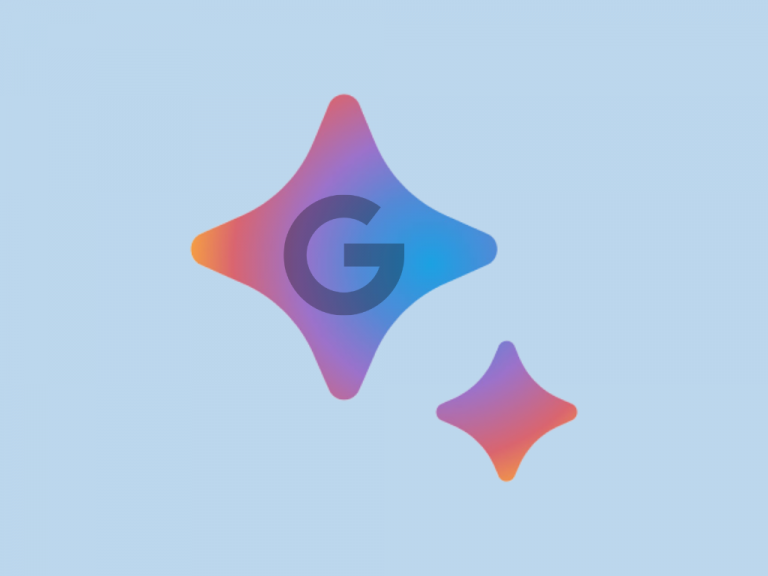In its recent I/O conference, Google announced many new developments regarding its AI chatbot service Bard. The highlight of it is that the Bard is now available to more people and adding new features. In the announcement, the company introduced new ways to collaborate with Bard and shared a bit more about their vision for what’s ahead.
What was Announced at Google I/O for Bard?
1. Making Bard Available Generally
In the I/O conference, Google announced it is removing most waitlist restrictions for, Bard. The move is aimed at making the chatbot more widely available to users, starting today in English. According to Sissie Hsiao, VP and GM for Assistant and Bard at Google, the goal is to gather feedback from a larger group of people and continue to improve the chatbot. The waitlist restriction removal means Bard is now open to over 180 countries and territories.
During the press event, John Krawczyk, senior product director at Google, also announced that they would soon roll out Korean and Japanese versions of Bard, with additional languages to follow. He stressed that the company is taking precautions and rolling out other languages separately to ensure the chatbot is safe and responsible to use.
2. Bard Will Give More Visual Response
Furthermore, Google has revealed that it plans to add multimodal content to Bard, meaning it will be able to deliver responses with more than just text. In the company’s blog post, Hsiao wrote, “Coming soon, Bard will become more visual both in its responses and your prompts.” She went on to explain that this means users will be able to ask questions like “What are some must-see sights in New Orleans?” and receive visual responses alongside text. This is a great way to learn new things and get a better understanding of the world around you.
3. Making Coding Easier
The company is incorporating feedback from developers to implement several key coding upgrades, including source citations that are even more precise. When Bard brings in a block of code or cites other content, clicking the annotation will underline those parts of the response and link to the source. The introduction of the Dark theme is another developer-requested feature aimed at making interacting with Bard easier on the eyes.
Bard is also launching an “Export” button that allows developers to export and run code with partner Replit, starting with Python. For users who frequently ask Bard for a head start drafting emails and documents, two more Export Actions have been added to make it easy to move Bard’s responses right into Gmail and Docs.
4. Connecting Bard to Other Services
Looking ahead, Bard plans to integrate Google apps and services, such as Docs, Drive, Gmail, Maps, and others, right into the Bard experience while ensuring user privacy settings are upheld. Bard will also tap into all kinds of services from across the web, with extensions from outside partners, to let users do things never before possible.
In the coming months, Bard will integrate Adobe Firefly, Adobe’s family of creative generative AI models, into its toolset, so users can easily and quickly turn their own creative ideas into high-quality images, which they can then edit further or add to their designs in Adobe Express.
Bard’s goal is to become a home for creativity, productivity, and curiosity, and with the integration of helpful Google apps and many more partners, including Kayak, OpenTable, ZipRecruiter, Instacart, Wolfram, and Khan Academy, that vision is well on its way to being realized. Bard’s team is excited to see what users will create with its innovative features and capabilities.
Endless Possibilities With Bard
Bard was first introduced in February in a blog post and launched in March for US and UK after users signed up for a waitlist. With the recent announcement, Google has taken it global. Like OpenAI’s ChatGPT, Bard is a chatbot that can answer questions in natural language. Google’s emphasis on the safe and responsible development of the chatbot was a recurring theme throughout the press event. The company referred to Bard as an experiment rather than a beta.


